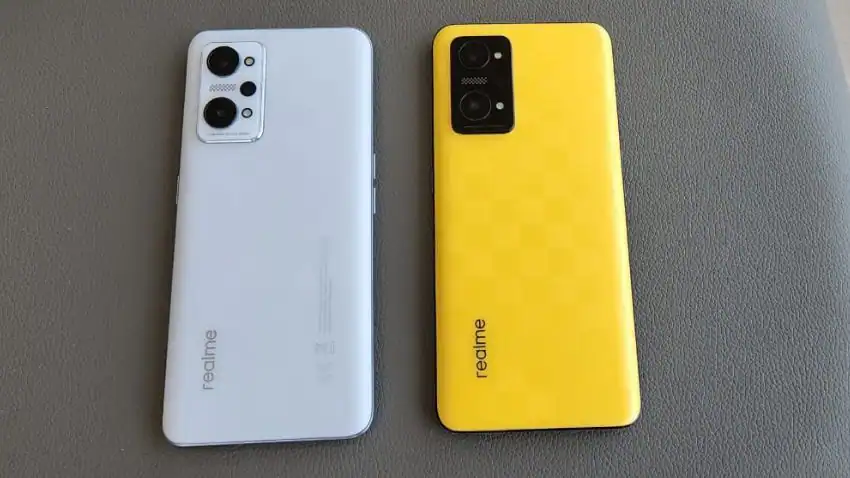How OIS Improves Your Photos By noisy

Whether it’s the Nothing phone (1) or any of the other flagship or upper-midrange phones you’ve been considering, a term you’ve probably come across multiple times is OIS, or optical image stabilization. This camera feature can be found today in many smartphones across all categories. OIS is known to enhance your photography experience, and brands advertising the same thing won’t stop telling you so. But how exactly does the technology work? In today’s edition of Tech InDepth, we’ll take a closer look at OIS and how it works.
Table of Contents
What is OIS?
Optical Image Stabilization is a technology used in smartphones and cameras that helps stabilize the picture-taking components of your phone or camera to minimize or completely nullify “shake” in images. This allows you to take sharper photos from your device, even when you’re holding it in your hand.
OIS is particularly useful when you want to take photos at night or in low-light scenarios, as it keeps the camera stable for longer so it can capture more light when you’re in a darker environment, providing brighter, more pleasing photos than otherwise. way they would probably need. a tripod or some other form of stabilization to achieve.
Note that OIS only helps with a shaky camera, not a shaky or fast-moving subject. So if you’re thinking OIS would help you get better shots of your running pet, it won’t.
OIS against EIS
OIS should not be confused with EIS (Electronic Image Stabilization), which may sound like a digital implementation of the same technology, but is actually a completely different technology. EIS is used to record video and works by shaking the various frames of a video to compile what appears to be more stable footage with reduced jitter.
In fact, it is possible that the same camera has OIS and EIS support, OIS for photos and EIS for videos, as we see in the main camera of the Nothing phone (1), for example.
Types of ISO
OIS mechanisms are achieved by using a combination of electromagnets, gyroscopic sensors, and rotors to allow the lens or sensor itself to change its angle when an image is taken. The lens movement mechanism is used in larger cameras and since they involve lens movement, this mechanism requires some distance between the lens and the sensor. The result is a sharper image as the image remains constant on the sensor as the lens moves. However, due to the space required, such a mechanism is not often seen in smaller devices such as phones.
The other type of OIS implementation involves sensor movement. This requires relatively much less space, allowing such a setup to exist in smartphone camera setups. However, this results in lower quality images compared to the moving lens mechanism.
How does it work
As we mentioned earlier, optical image stabilization works by using a complex yet compact mechanism of sensors, electromagnets, and rotors. These components help shake out the sensor, which is usually tethered to the rest of the phone by small spring-like structures, allowing it to move to a certain extent.
When your hand shakes while taking a photo, the phone, and therefore the camera settings, shake with it. Sensors in an OIS mechanism quickly detect the direction of movement when this happens and send signals to electromagnets which can now move the sensor as desired.
When your camera shake moves in one direction, either horizontally or vertically, the electromagnets push the sensor in the opposite direction to compensate. This allows the sensor and image to remain relatively free of movement to a certain extent, relative to each other.
Watch this video of an eagle steadying its head to keep its sights on prey. Head stabilization is key for birds such as eagles and owls to hunt prey, as shaking could mean a momentary loss of vision and prey escaping.
An OIS camera sensor will similarly move within the body of the phone to compensate for horizontal and vertical movement. As you might have guessed, this works only for small movements, so an OIS camera won’t save your footage if your hand is moving and not just shaking. While the technology helps stabilize your photos and gives you cleaner shots, you’ll still need stationary arms to get the most out of your OIS-enabled smartphone camera.






